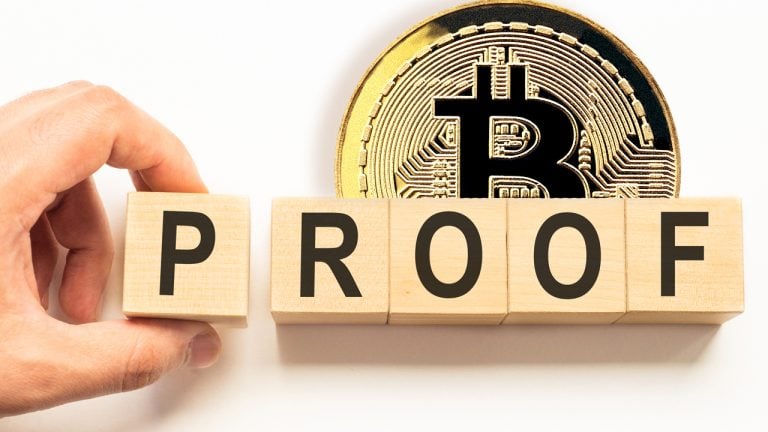
The crypto market managed an 11% bounce from the Nov. 9 low, but a handful of metrics show a severe lack of investor confidence.
The total cryptocurrency market capitalization dropped by 24% between Nov. 8 and Nov. 10, reaching a $770 billion low. However, after the initial panic was subdued and forced future contracts liquidations were no longer pressuring asset prices, a sharp 16% recovery followed.

This week’s dip was not the market's first rodeo below the $850 billion market capitalization level, and a similar pattern emerged in June and July. In both cases, the support displayed strength, but the $770 billion intraday bottom on Nov. 9 was the lowest since December 2020.
The 17.6% weekly drop in total market capitalization was mostly impacted by Bitcoin's (BTC) 18.3% loss and Ether's (ETH) 22.6% negative price move. Still, the price impact was more severe on altcoins, with 8 of the top 80 coins losing 30% or more in the period.

FTX Token (FTT) and Solana (SOL) were severely impacted by liquidations following the insolvency of FTX exchange and Alameda Research.
Aptos (APT) dropped 33% despite denying rumors that Aptos Labs or Aptos Foundation treasuries were held by FTX.
Stablecoin demand remained neutral in Asia
The USD Coin (USDC) premium is a good gauge of China-based crypto retail trader demand. It measures the difference between China-based peer-to-peer trades and the United States dollar.
Excessive buying demand tends to pressure the indicator above fair value at 100% and during bearish markets, the stablecoin's market offer is flooded, causing a 4% or higher discount.

Currently, the USDC premium stands at 100.8%, flat versus the previous week. Therefore, despite the 24% drop in total cryptocurrency market capitalization, no panic selling came from Asian retail investors.
However, this data should not be considered bullish, as the USDC buying pressure indicates traders seek shelter in stablecoins.
Few leverage buyers are using futures markets
Perpetual contracts, also known as inverse swaps, have an embedded rate usually charged every eight hours. Exchanges use this fee to avoid exchange risk imbalances.
A positive funding rate indicates that longs (buyers) demand more leverage. However, the opposite situation occurs when shorts (sellers) require additional leverage, causing the funding rate to turn negative.

As depicted above, the 7-day funding rate is slightly negative for the two largest cryptocurrencies and the data points to an excessive demand for shorts (sellers). Even though there is a 0.40% weekly cost to maintain open positions, it is not worrisome.
Traders should also analyze the options markets to understand whether whales and arbitrage desks have placed higher bets on bullish or bearish strategies.
The options put/call ratio points to worsening sentiment
Traders can gauge the overall sentiment of the market by measuring whether more activity is going through call (buy) options or put (sell) options. Generally speaking, call options are used for bullish strategies, whereas put options are for bearish ones.
A 0.70 put-to-call ratio indicates that put options open interest lag the more bullish calls by 30% and is therefore bullish. In contrast, a 1.20 indicator favors put options by 20%, which can be deemed bearish.

As Bitcoin price broke below $18,500 on Nov. 8, investors rushed to seek downside protection. As a result, the put-to-call ratio subsequently increased to 0.65. Still, the Bitcoin options market remains more strongly populated by neutral-to-bearish strategies, as the current 0.63 level indicates.
Combining the absence of stablecoin demand in Asia and negatively skewed perpetual contract premiums, it becomes evident that traders are not comfortable that the $850 billion market capitalization support will hold in the near term.
The views and opinions expressed here are solely those of the author and do not necessarily reflect the views of Cointelegraph.com. Every investment and trading move involves risk, you should conduct your own research when making a decision.









